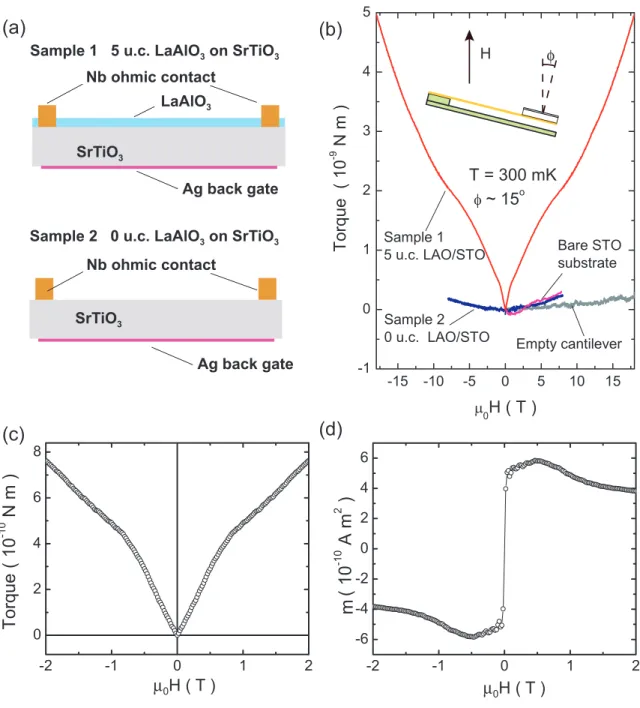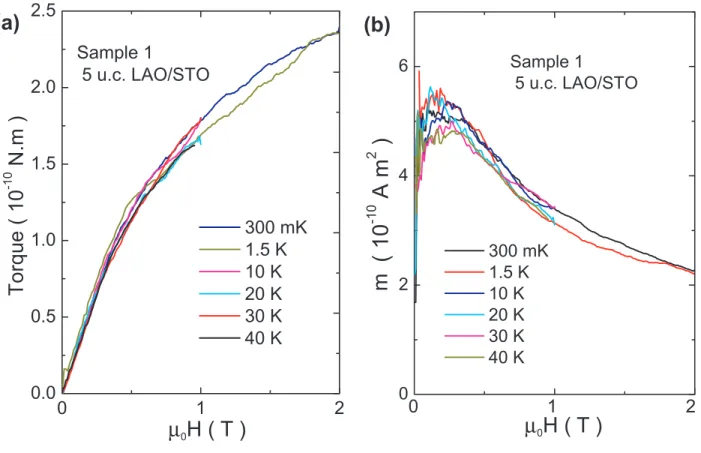Coexistence of Magnetic Order and Two-dimensional Superconductivity at LaAlO3/SrTiO3 Interfaces
Texte intégral
Figure




Documents relatifs
The interfacial layer model and the presence of surface states cannot fully explain important aspects related to the carrier transport through metal/SiC Schottky interfaces, such as
L’archive ouverte pluridisciplinaire HAL, est destinée au dépôt et à la diffusion de documents scientifiques de niveau recherche, publiés ou non, émanant des
While this is generally achieved through the inverse spin Hall effect, which yields the conversion of a spin current into a charge current through a spin-orbit interaction (SOI),
ted a great deal of attention because of its pecu- liar superconducting and magnetic properties. At zero external magnetic field a transition from the normal to a
The initial curve depends on the direction of the initially applied magnetic field with respect t o the crystallographic direction, but it is tr- ansformed to
Resume - De nouveaux resultats experimentaux ont ete obtenus recemment sur la structu- re atomique des joints de grains et des interfaces. Les differentes techniques donnant des
Abstract.- Superconducting ternary and pseudoternary rare earth (RE) compounds are excellent candi- dates in which to study the coexistence of superconductivi'ty and
This Fe - Cu interaction near the inter- face also results in the observed large line broa- dening (which indicates a distribution of hyperfine fields) and in a slight